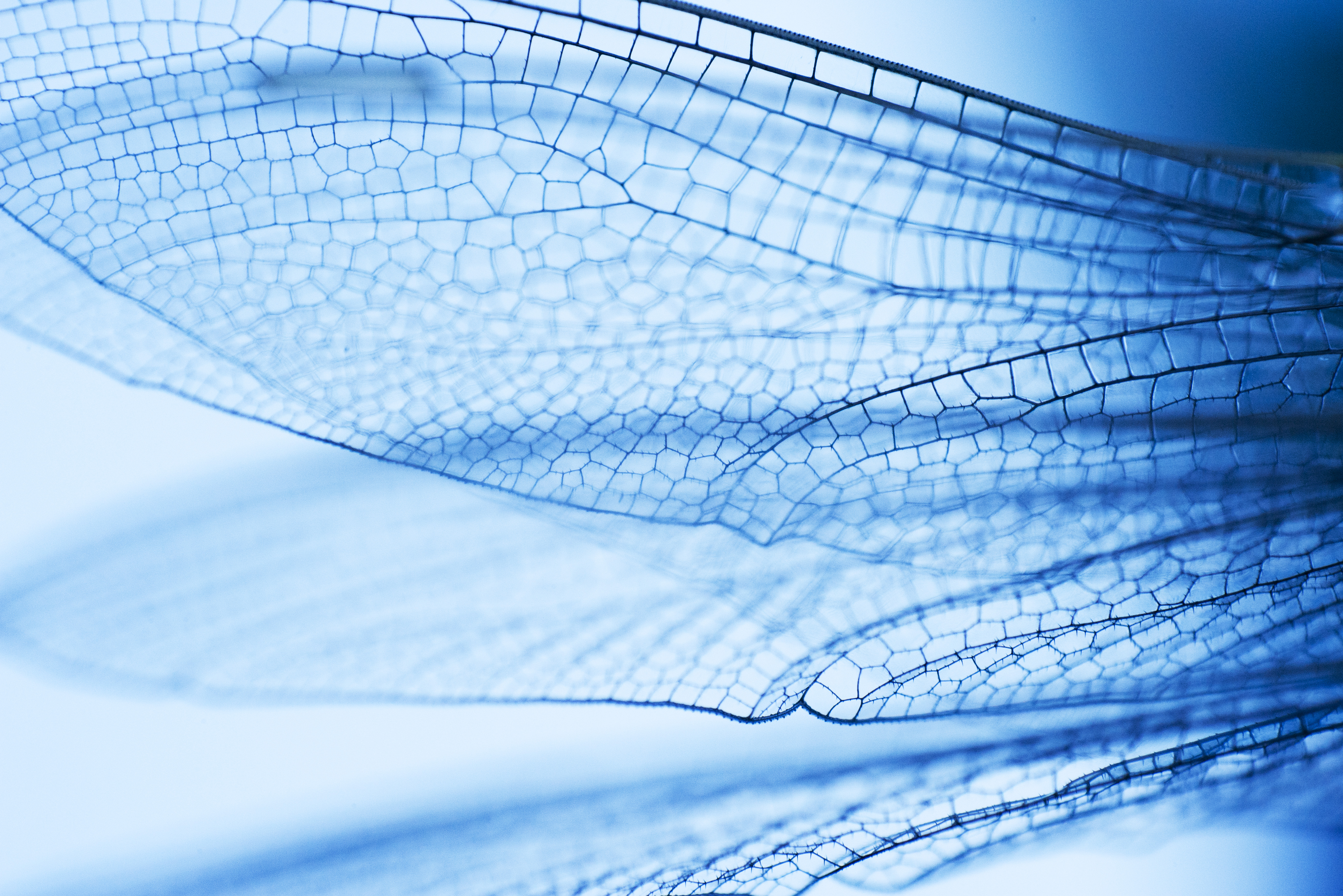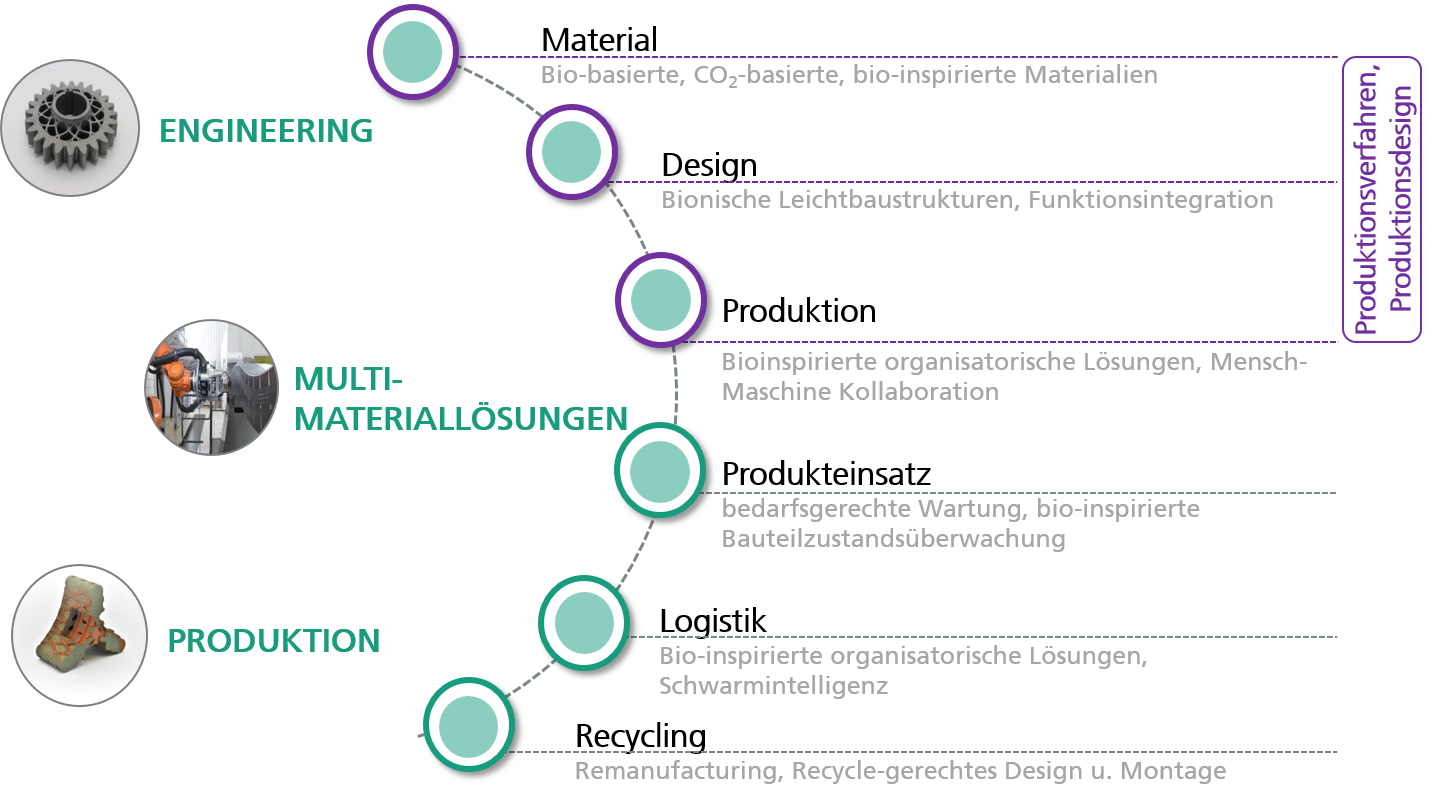What is Biological Transformation

Biological transformation offers great potential for a sustainable business.
Through the intelligent use of materials, structures, and principles of living nature in technology, biological transformation aims to produce future solutions for sustainable value creation concepts through a convergence of different disciplines.
Digital technologies are fundamentally changing our manufacturing processes and product development. Efficient and intelligent sensor technology, tactile internet, and advances in secure data communication enable the linking of the digital and physical worlds in an industrial context. However, the increase in connectivity and productivity resulting from digital processes also significantly increases resource requirements. Maintaining our standard of living and not consume natural resources requires sustainable value creation, sustainable production methods, and innovative future technologies.

